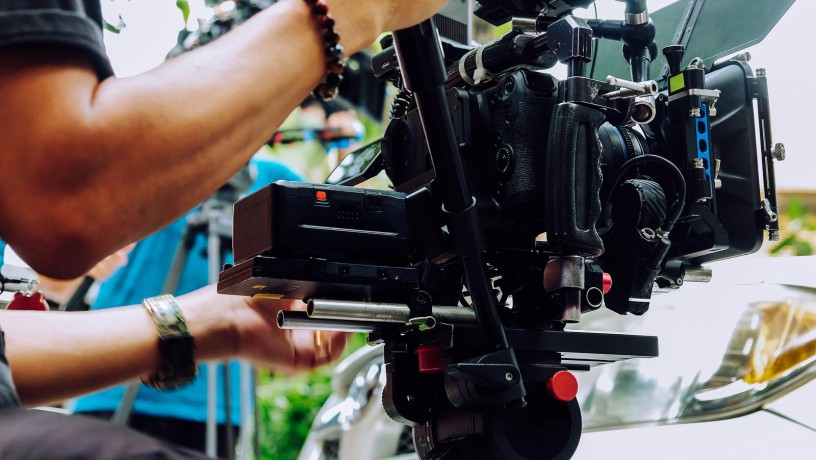Acting for the camera, whether it’s in film or television, presents unique challenges and opportunities that differ significantly from stage acting. Actors transitioning from theater to film or television, as well as those starting their journey directly in screen acting, should have basic knowledge of what’s seen behind the lens. We’ll explore techniques for acting in front of the camera, understanding camera angles and framing and adapting performances for different types of shots.
Understanding the Camera’s Role
The camera is your silent, ever-present scene partner. Unlike theater, where actors project to the back of the house, screen acting requires subtlety and nuance. Every facial expression and gesture is magnified. Start by getting comfortable with the camera. Practice your lines and actions with a camera or smartphone recording. Review the footage to understand how your performance translates on screen.
The Art of Subtlety
Camera acting requires a toned-down approach. Over-exaggerating emotions or movements can look artificial. The key is to internalize emotions and let them subtly play out on your face and through minimal gestures. This subtlety makes your performance more realistic and relatable.
Understanding Camera Angles and Framing
Different camera angles and framings require different approaches. Here’s a brief overview:
Wide Shots: These shots capture the actor’s entire body, often used for establishing scenes or showing actions. Ensure your body language is clear and consistent with your character.
Medium Shots: Often from the waist up, these are common for dialogue. Focus on expressive facial reactions and natural upper body movements.
Close-Ups: These shots capture your face and emotions intimately. Subtle facial expressions are key here. Practice in a mirror to see how minimal movements can convey different emotions.
Continuity in Performance
Scenes are often shot out of sequence and from various angles. Maintain consistent emotional and physical performance throughout. This ensures that when scenes are edited together, your character remains believable.
Eye Lines and Looking Off-Camera
Understanding where to look is vital. Sometimes, the production will put a marker (or an inanimate object) where they want you to focus. Eye lines should be consistent with where the character you’re interacting with is supposed to be. In dialogues, looking slightly off-camera to represent the other character’s position helps maintain the illusion of a two-person conversation.
Reacting to Off-Screen Cues
Much of acting is reacting. In screen acting, you might have to react to something or someone not physically present during your shoot. This requires imagination and the ability to maintain your character’s truth in these artificially created circumstances.
The Importance of Stillness
Unlike stage acting, where constant movement can be engaging, on screen, stillness often speaks volumes. Learn to be comfortable with being still and let your facial expressions and eyes do the acting.
Working with Directors and Crew
Directors and crew members play a significant role in your performance. Understand and respect their input. They have a broader view of how your performance fits into the overall production.
Adapting to Different Genres
Different genres require different acting styles. Comedy might allow for more exaggerated expressions, while drama often calls for understated performances. Adapt your acting style to fit the genre you’re working in.
Vocal Adjustments
Unlike theater, where projecting your voice is necessary, in screen acting, the microphone captures every nuance of your voice. Practice modulating your voice for different emotional tones and volumes.
Physicality and Space
Understand the space around you. Be aware of your movements and how they translate on camera. Avoid blocking other actors or important elements in the scene.
Handling Props
Handling props on camera requires naturalism. Practice with props so that your interactions with them feel authentic and don’t distract from your performance.
Emotional Preparation
Ensure that you are ready to convey a range of emotions in your acting. Take the time to comprehend your character’s motives and background in order to infuse your performance with genuine authenticity.
Learning from Professionals
Watch films and TV shows with a critical eye. Observe how seasoned actors use subtlety, eye lines, and stillness. Learn from their techniques.







